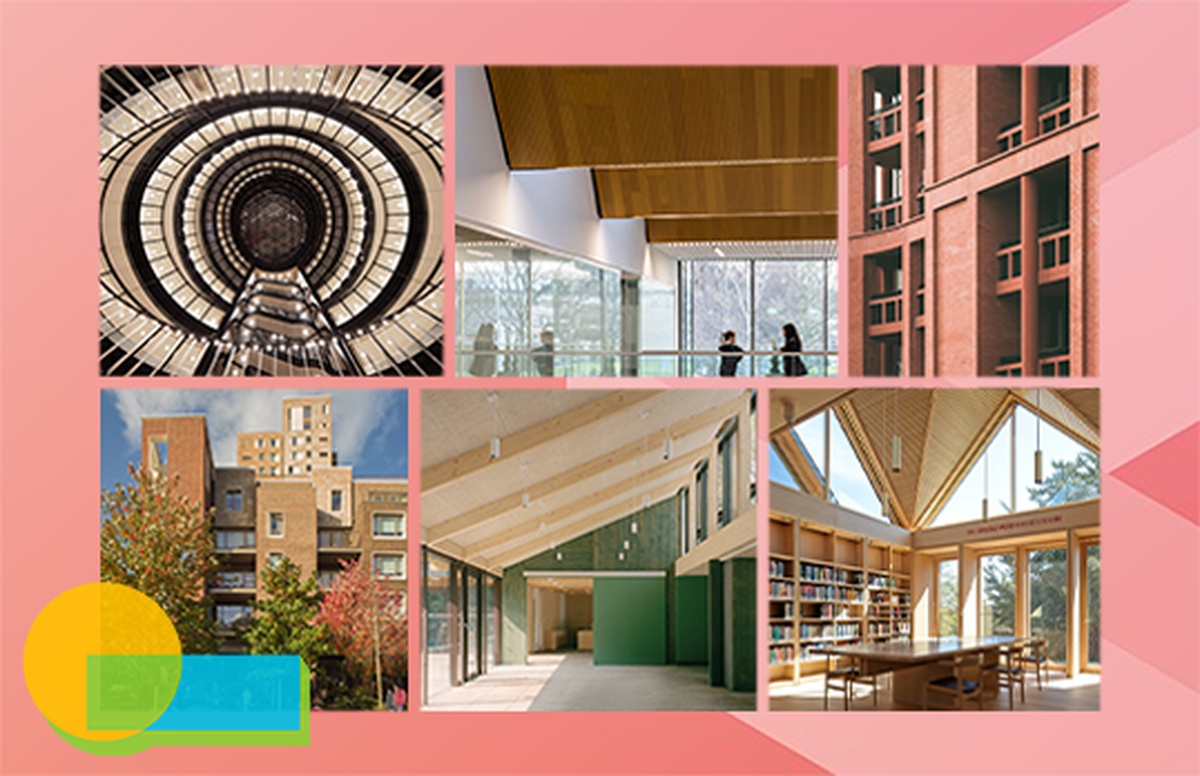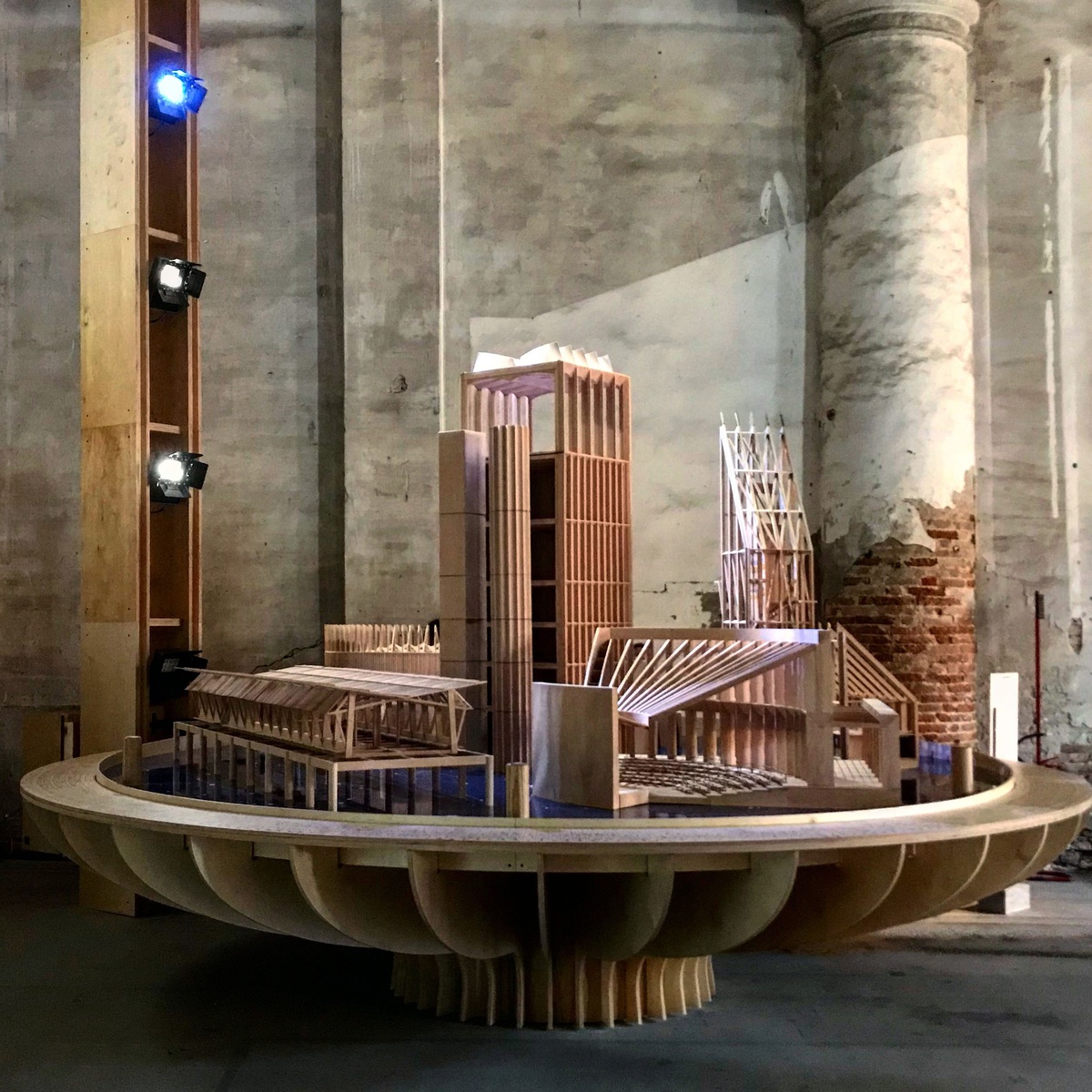BUILDING STORIES - 2022 RIBA
SEPTEMBER 2022

On the 21st September at London's RIBA and the 4th October at the Everyman Cinema in Leeds, the architects shortlisted for the 2022 RIBA Stirling Prize will reveal the stories behind their buildings, what inspires them, and what it would mean to win the UK’s most prestigious architecture prize.
The six shortlisted projects are:
- 100 Liverpool Street, Hopkins Architects
- Forth Valley College – Falkirk Campus, Reiach and Hall Architects
- Hackney New Primary School and 333 Kingsland Road, Henley Halebrown
- Orchard Gardens, Elephant Park, Panter Hudspith Architects
- Sands End Arts and Community Centre, Mæ Architects
- The New Library, Magdalene College, Niall McLaughlin Architects
The architects behind the six shortlisted buildings will give brief presentations, followed by a panel discussion and a live Q&A with the audience. Talking on behalf of our pratice to present the New Library, Magdalene College will be Claire McMenamin and Tim Allen-Booth. You can watch the RIBA London event here.
BIENNALE ARCHITECTTURA 2018
JUNE 2018

The 2018 Venice Biennale opened to the public on the 26th May. This year’s theme “focuses on architecture’s ability to provide free and additional spatial gifts to those who use it and on its ability to address the unspoken wishes of strangers”.
Our contribution is a collection of six large-scale models, each representing a hall for gathering that the practice has designed. These models are placed upon a rotating table which is a calendar and a cosmic machine. Each hall has a different purpose yet they all bring people together in a rhythmic and cyclical fashion daily, weekly and annually. The specific uses of each building are regulated by a calendar of events, rituals and times of congregation. Their calendars are inscribed on the outer rim of a turning table. The table can be rotated by hand. When you turn it, varying light falls upon the models representing the passage of the sun through the day from dawn to dusk. It is a manual and mechanical process.
The intention of presenting these models in this way is to emphasise the relationship between the enduring frames of the buildings and the endless procession of fugitive elements that pass through them periodically.

